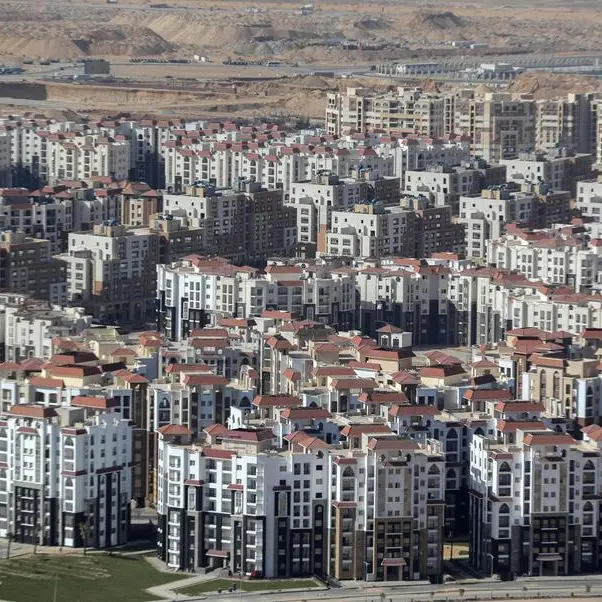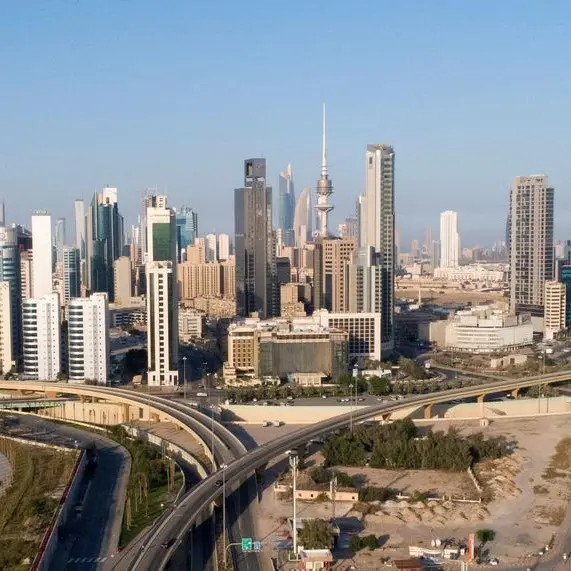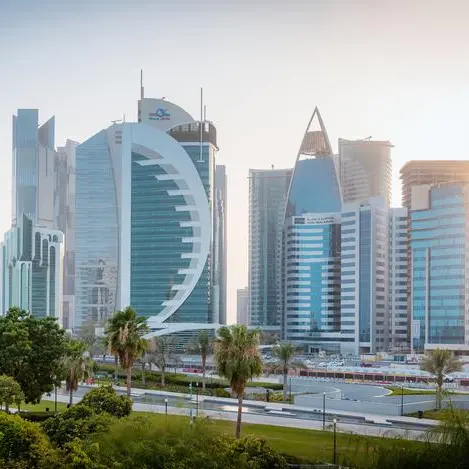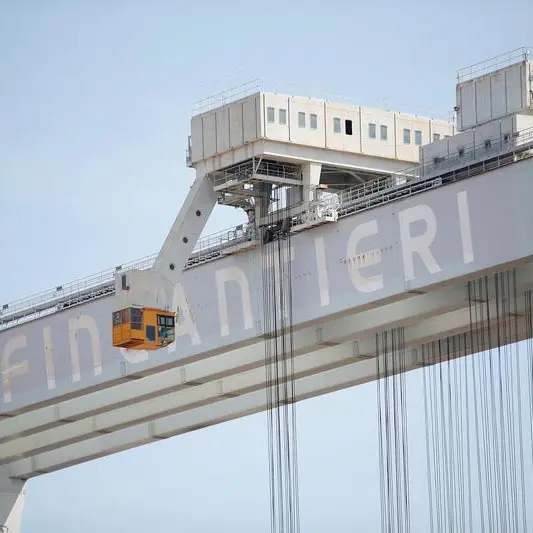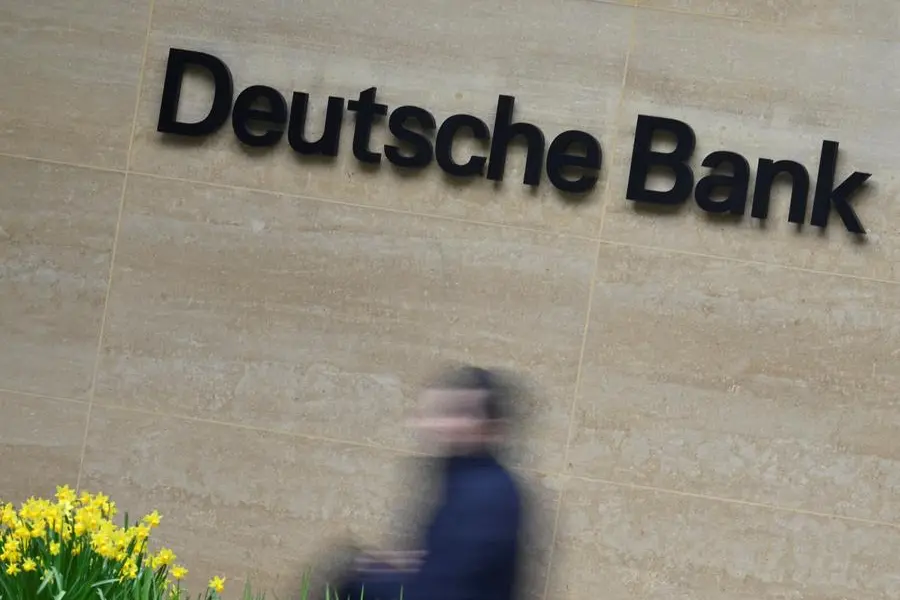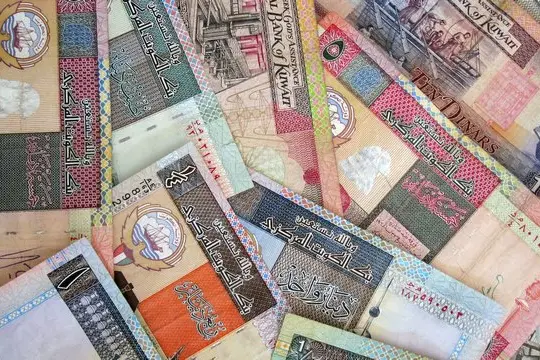PHOTO
A picture taken on October 30, 2024 shows an artist illustration model of NEOM Line city in Saudi Arabia, during a media tour in the FIFA football 2034 World Cup Saudi bid exhibition in Riyadh. (Photo by Fayez Nureldine / AFP).
Saudi Arabia’s growth outlook remains strong, fueled by investment, reforms, and momentum in tourism, manufacturing, and transport/logistics, but lower oil prices could strain finances and slow spending on major projects, according to a report issued by the National Bank of Kuwait (NBK).
The report has forecasted robust non-oil economic growth, exceeding 4 percent in 2025 (from an estimated 4.3 percent in 2024) on the strength of the government's commitment to sustaining strong investment spending, particularly ahead of the 2027 Asian Cup, Expo 2030, and the 2034 FIFA World Cup.
However, the downside risks include lower oil prices, a slower-than-expected pace of US interest rate cuts and restrictive US tariff policies, the report noted.
It underlined lower oil prices, likely stemming from economic weakness in developing markets, particularly China, as the biggest risk.
According to the report, a drop in oil revenues, projected to result in a 101 billion Saudi riyals ($27 billion) fiscal deficit in 2025, could lead to a scaling back of key projects and the pace of investment.
A slower-than-expected pace of US interest rate cuts is another risk, which could limit the Kingdom's ability to reduce rates due to its currency peg, hitting private spending, credit, the mortgage market, and homebuilding.
Lastly, restrictive US tariff policies could lead to higher imported inflation, weighing down on real growth.
However, alternative funding channels as well as a well-capitalised sovereign wealth fund, ample reserves, and a low debt-to-GDP ratio make a sharp spending slowdown unlikely, the report concluded.
(Writing by SA Kader; Editing by Anoop Menon)
(anoop.menon@lseg.com)
Subscribe to our Projects' PULSE newsletter that brings you trustworthy news, updates and insights on project activities, developments, and partnerships across sectors in the Middle East and Africa.


